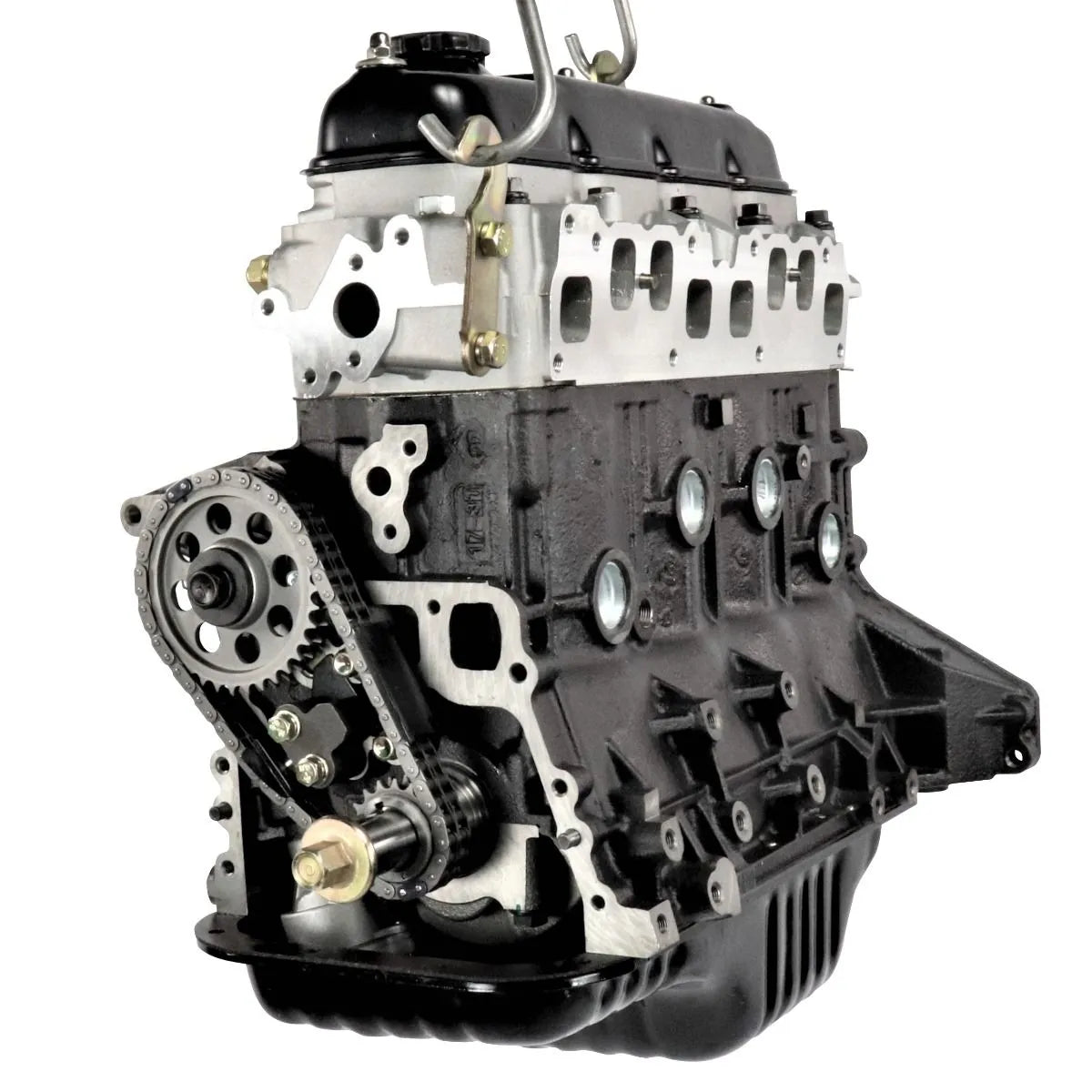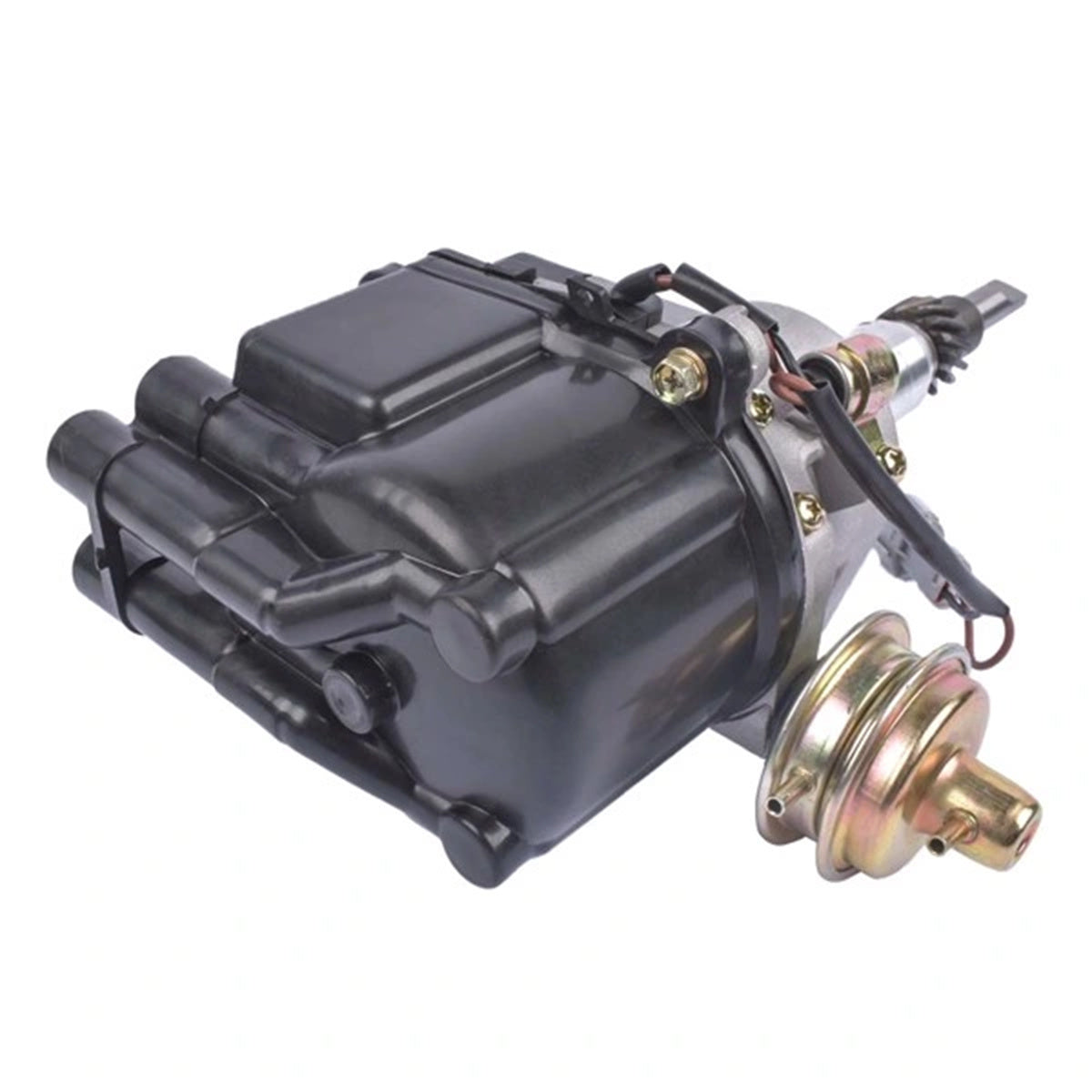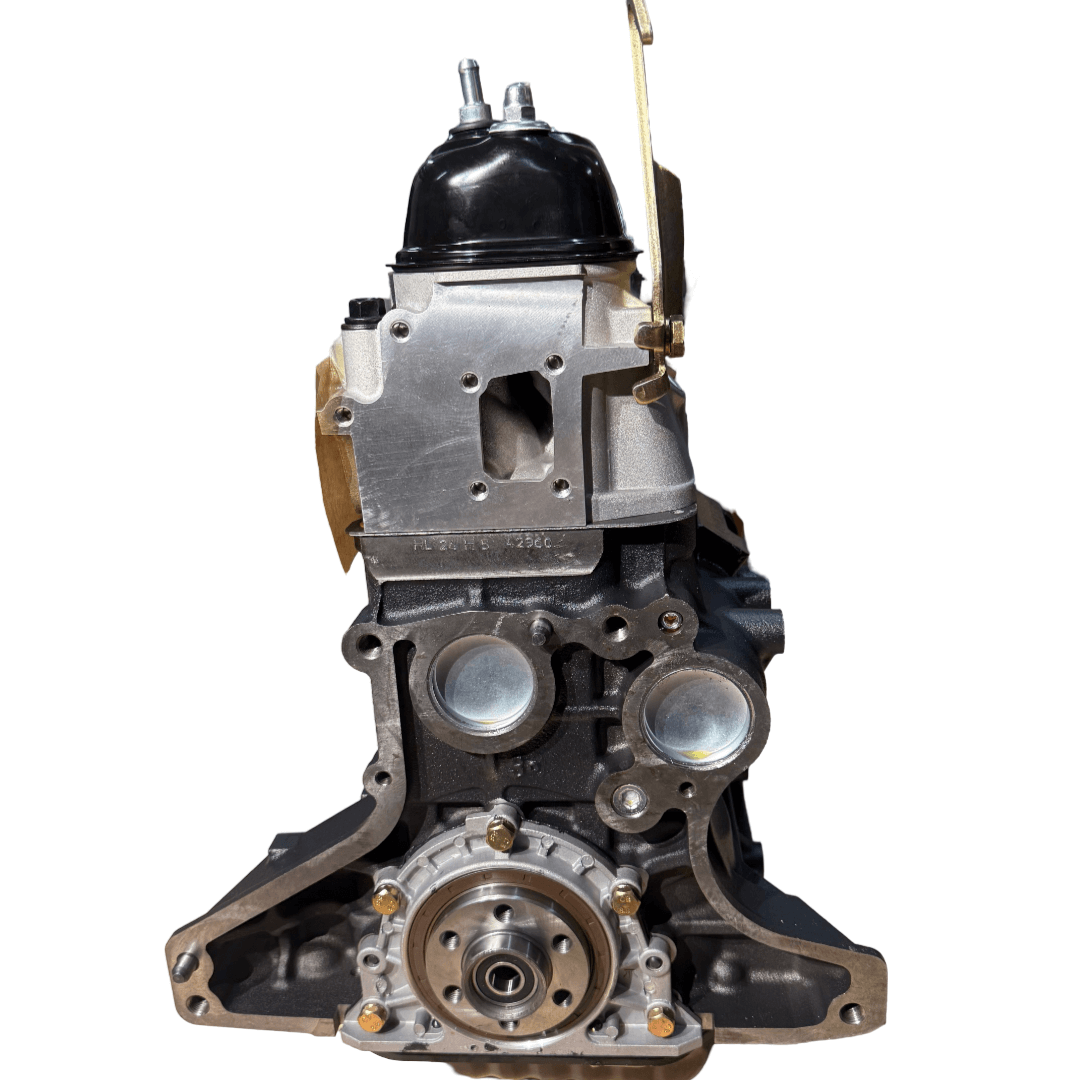Everything You Need to Know About the 4Y Engine and Its Performance
Everything You Need to Know About the 4Y Engine and Its Performance
Blog Article
Discovering the Numerous Kinds Of Engine: Which One Fits Your Requirements?
Interior combustion engines continue to control due to their dependability, while electric engines are gaining grip for their sustainability. Crossbreed engines use a functional compromise, and diesel engines stand out for their power in requiring applications.

Internal Burning Engines
Inner combustion engines (ICEs) are the backbone of modern-day transport, powering a huge array of automobiles from vehicles to airplanes. These engines run on the concept of transforming fuel right into power through a series of regulated surges within a combustion chamber. The most common types of ICEs consist of gas engines, diesel motor, and rotary engines, each created to satisfy specific efficiency and efficiency demands.
Gasoline engines generally utilize stimulate ignition, while diesel engines rely upon compression ignition, resulting in unique differences in fuel performance and power result (4y engine). Rotating engines, or Wankel engines, offer a portable design and smooth operation, but are much less commonly made use of in mainstream applications
ICEs have gone through considerable advancements in modern technology, consisting of the introduction of turbocharging and fuel injection systems, which boost general performance and performance. In spite of their efficiency enhancements, ICEs encounter enhancing examination due to their ecological influence, particularly regarding greenhouse gas emissions.
Electric Engines
As concerns about environmental sustainability and fossil fuel dependence expand, electrical engines have actually arised as a compelling alternative to inner combustion engines. These engines make use of electrical motors powered by batteries or gas cells, supplying a cleaner and a lot more reliable ways of propulsion.
One of the primary benefits of electric engines is their lowered emissions. Unlike traditional engines that shed nonrenewable fuel sources, electric engines generate zero tailpipe discharges, substantially decreasing air contamination and adding to improved public health and wellness. Furthermore, the efficiency of electric motors typically surpasses that of internal combustion engines, transforming a greater percentage of energy from the source of power right into functional energy for motion.
Electric engines are also notable for their peaceful operation, making them excellent for urban atmospheres. 4y engine. The simpleness of their design results in fewer relocating components, which can result in minimized maintenance expenses and increased reliability gradually
Nonetheless, obstacles remain, including battery manufacturing impacts, billing infrastructure, and variety limitations. In spite of these hurdles, the expanding financial investment in electrical automobile innovation and renewable energy resources factors towards an appealing future for electrical engines, placed to play a crucial function in the change toward sustainable transport.
Crossbreed Engines
Blending the benefits of both conventional and electrical interior burning engines, hybrid engines represent a versatile solution in the mission for efficient and lasting transportation. These engines integrate a fuel or diesel motor with an electric motor, allowing for boosted gas efficiency and lowered exhausts compared to standard cars.
Crossbreed engines operate in numerous modes, using the electric motor for low-speed driving and the interior burning engine for greater speeds or when more power is required. This vibrant procedure not only boosts gas economic climate however additionally adds to a smoother driving experience. Regenerative stopping is one more critical feature, recording power usually lost throughout braking and redirecting it to charge the battery.

As consumers increasingly prioritize eco-friendliness, hybrid engines stick out as a functional selection, providing an efficient balance of efficiency, efficiency, and environmental duty. This versatility makes them ideal for metropolitan commuting and long-distance travel alike.
Diesel Engines
Performance and power are hallmarks of diesel motor, which have long been preferred for their effectiveness and gas economic climate. These engines operate the concept of compression ignition, where air is pressed to a heat before gas is injected, sparking it without the demand for stimulate plugs. This process makes it possible for diesel engines to accomplish greater click this site thermal efficiency compared to gas engines, converting right into far better gas mileage and lower carbon dioxide discharges.
Diesel engines are especially fit for sturdy applications such as vehicles, buses, and commercial equipment, where torque and durability are extremely important. Their style typically consists of more powerful parts to stand up to the greater stress generated during operation, resulting in longer solution life and reduced upkeep costs.

Alternative Gas Engines
While diesel motor have lengthy controlled the landscape of heavy-duty source of power, alternative gas engines are acquiring grip as sensible alternatives for a more lasting future. These engines use a variety of fuels, such as pressed all-natural gas (CNG), hydrogen, gas, and ethanol, intending to lower greenhouse gas exhausts and find out here dependence on fossil gas.
One considerable advantage of alternative fuel engines is their potential to reduced carbon footprints. For circumstances, CNG engines emit less contaminants contrasted to standard diesel motor, making them ideal for metropolitan transit systems and fleets looking for to enhance air quality. Ethanol, originated from biomass, not just minimizes exhausts but additionally supports farming economic climates.
Hydrogen gas cells stand for an innovative advancement in this world, using zero-emission power with a chemical response in between hydrogen and oxygen. However, challenges such as infrastructure advancement and production expenses remain obstacles to widespread fostering - 4y engine.
Final Thought
Inner combustion engines provide reliability, while electrical engines prioritize sustainability and lowered upkeep. Hybrid engines combine the benefits of both, boosting effectiveness, whereas diesel engines offer exceptional power and torque for sturdy applications.
Crossbreed engines provide a versatile concession, and diesel engines stand out for their power in requiring applications. The most common kinds of ICEs include fuel engines, diesel engines, and rotary engines, each designed to fulfill certain performance and effectiveness requirements.
Unlike traditional engines that shed fossil gas, electrical engines produce zero tailpipe discharges, significantly reducing air pollution and adding to boosted public health and wellness.Crossbreed engines operate in numerous settings, utilizing the electrical motor for low-speed driving and the inner combustion engine for greater speeds or when even more power is great post to read required. Hybrid engines combine the benefits of both, boosting performance, whereas diesel engines supply premium power and torque for durable applications.
Report this page